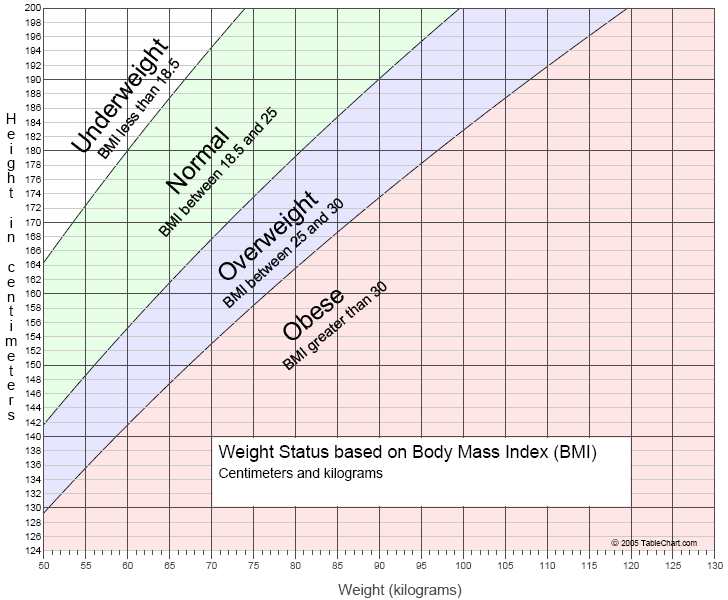Hello..it's me again..i have gone missing for a while...need to take care of some business..plus I don't have any idea what to post in my blog..but anyway i'm here right now and as you can see on my title for this post, i am going to talk about NEUTROPENIC DIET
So basically, my beloved lecturer (~_~) ask us to find about Neutropenic diet and i'm like "okay, another word from outer space" but it's common in Health Science's field. Everyday you will encounter with new word that sometimes it can make your tongue go twisted just to pronounce it. All you have to do is just set your mind to think that all of that is very important and not to mention, veeerrryyyyy useful in the future. Just think that you about to embark a journey to a whole new world. So guys, buckle up as you are about to start a journey in Neutropenic World..
Neutropenic
diet is for the people who have weak immune system to fight against infection.
This diet is specialized for cancer patient. Cancer patient who receives
chemotherapy treatment have high risk of infection from bacteria or fungus that
can be found in foods. This can be explained by two reasons. First, white blood
cells that functioning to fight against food poisoning bacteria is very low in
cancer patient due to chemotherapy treatment. This condition is known as
neutropenia. Second, chemotherapy and radiotherapy treatment can cause damage
to gut lining. This will increase the risk of bacterial infection as gut lining
acts as barrier between bacteria and bloodstream. There is various level of
restriction in neutropenic diet. Patient usually will follow doctor’s advice
that based on number of white blood cell in the body, known as neutrophil
count.
Patients
has to avoid soft ripened cheese, instead they have to buy processed cheese
such as Kraft. Other than that, they are forbidden to eat raw or lightly cooked
shellfish as they may contain high amount of bacteria. They should consume well
cooked shellfish. Moreover, they cannot consume raw or undercooked meat or
poultry. They should make sure that the meat or poultry that they about to
consume is well cooked. Patients should also avoid from eating raw or
undercooked egg such as homemade mayonnaise, homemade ice cream or meringue. If
they want to eat egg, make sure the egg is well cooked such as hard boiled egg.
If patient wish to eat yoghurt, make sure the yoghurt does not contain any
probiotic. As for dairy products, all unpasteurized dairy products such as milk
sold on local farm is forbidden. Choose only pasteurized dairy products such as
UHT milk.
In
neutropenic diet, the raw vegetables are not allowed. The vegetables have to be
well cooked. As for fruits, make sure their skin is peeled before patient
consumes them. Prevent patients from consuming any non-drinking water, bottled
mineral, water from wells, water from cooler or water fountain. Provide them
filtered and sterilized water. Honey contains many good substances for the
body. Patients are allowed to consume honey but only if the honey is already
pasteurized or heat-treated honey. They are not allowed to eat “farm fresh”
honey or honey comb.
Loss of appetite is common among cancer patients due to
all the treatment that they received especially chemotherapy. They can try to
eat nourishing snacks that can help to improve their appetite. There are many
types of nourishing snacks that can be found in the market. If the patient
prefers savoury taste, he or she can consume roasted nuts, toasted muffin,
breakfast cereal, rice porridge with cooked meat added or sandwiches. As for
sweet snacks, patients can consume sweet biscuits, chocolate bar, puddings or
fruitcakes. If the patient have trouble to swallow her or his foods, serve them
liquid foods such as soups. They are many kind of soups that available in the
market such as condensed or creamed. They cannot drink any caffeinated drinks.
Serve them milky drinks such as ovaltine, cocoa, or Horlicks.
Ok, i think that's about it. This is just a summary about Neutropenic Diet. There are more further explanations about it that can be found in the internet. I just hope that you guys can understand the basic about Neutropenic diet ^_^..Okay, until next time..See you again..













